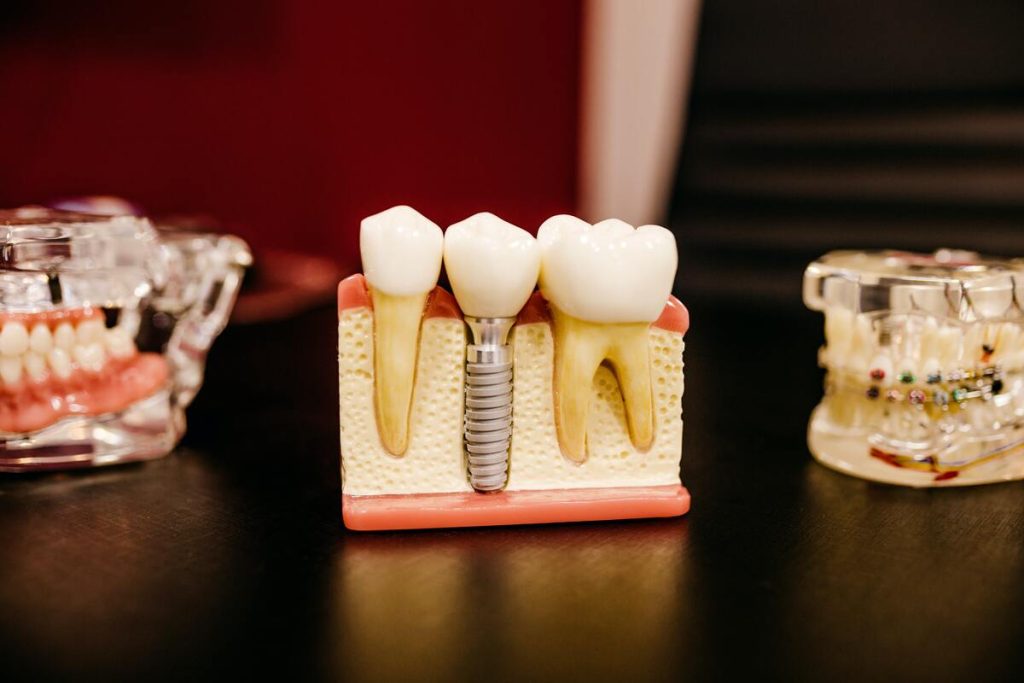If you have lost a tooth or multiple teeth and decided to do something about it, then speak to your dentist today and find out about dental implants Navan as an excellent solution for replacing your teeth. Dental implants are a popular choice of tooth replacement therapy and, by visiting your dentist, you will be able to find out all about how this works.
You will first undergo a thorough examination of your teeth under your gums to evaluate the health of your remaining teeth and find out how much damage has been done by your missing teeth. You will have to undergo x-rays and three-dimensional scans of your mouth and the dentist may wish to take impressions of your teeth for future reference too.
Bone grafts
An important factor in considering oral implants is the health of your jaw bone because the implants require sufficient healthy bone for a successful surgery. If you have insufficient healthy bone, then there will be delays in the surgery and you will have to undergo a bone graft to increase the bone density of your jaw. There are bone grafts of different types according to your requirements and they can either be artificial and carried out at the time of the implant surgery or taken from another part of your body where more bone can be found and this is a long process.
Dental implant surgery
Once your dentist is satisfied that you have sufficient healthy bone, you will be taken in for dental implant surgery. This is an invasive procedure and can be carried out under local anaesthesia, sedation or general anaesthesia according to what you agree on with your dentist.

The procedure itself involves drilling a hole into the bone socket of your missing tooth to insert a titanium implant that will work as a replacement for the root of your tooth. Titanium reacts with your body to initiate a process known as dental osseointegration, which causes bone cells to form around the implant so that it is embedded into your jaw bone. This is a natural process and, therefore, it can vary from person to person; however, successful osseointegration will usually take around 12 weeks to complete.
You will need to visit your dentist regularly to make sure the process is coming along successfully, and, during this time, you may be given a temporary crown to fill the gap in your teeth for aesthetic purposes.
After successful osseointegration has occurred, you will be ready for the next step in the procedure. A small cut will be made into your gum to expose the dental implant and a connector post known as an abutment will be joined to the implant to which your choice of tooth replacement will be attached. You may choose to have a crown, multiple crowns or a set of dentures according to your preferences. Dental implants provide a permanent and strong foundation for tooth replacement; so, speak to your dentist today and find out how they can benefit you.






